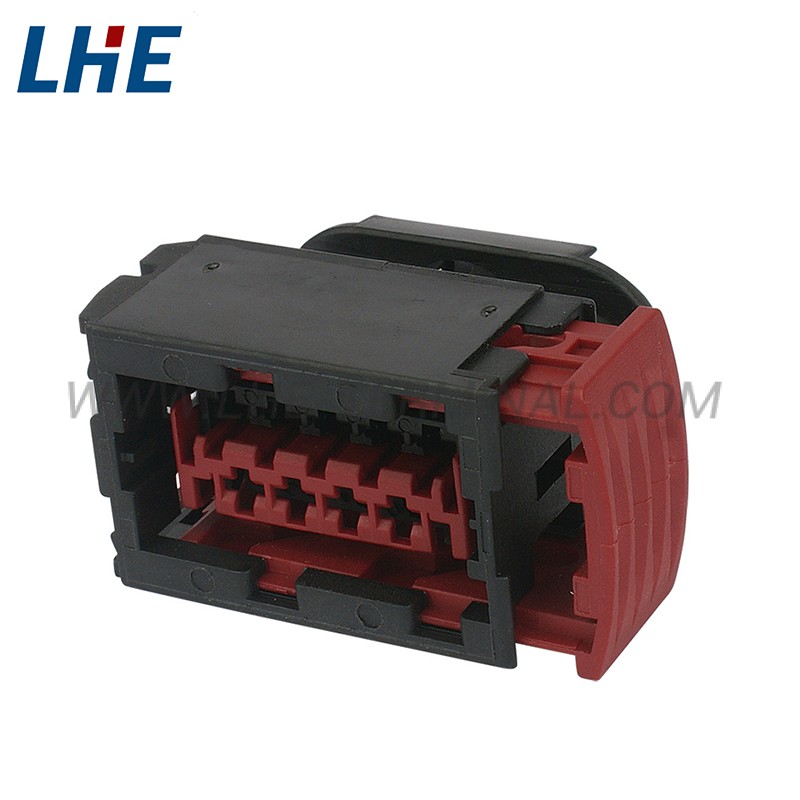First, SOME/IP and other automotive Ethernet protocols are generally straightforward, unlike FTP or other protocols that run over plain Ethernet. The reason is that the computing power of the devices running these protocols is often limited. On the one hand, the simplicity of the protocol design means that the fuzzer does not need to maintain a state machine model for the protocol like AFLnet does; on the other hand, the limitation of computing power means that we need to seek to run multiple fuzzers in parallel to improve the efficiency of fuzzing. In existing approaches, each fuzzer instance will manage and run a unique instance of the test target. However, if the test target requires some unique resources (such as ports, lock files, etc.) to execute, then the test target can only run one instance per device. In SOME/IP, server applications typically run one instance per device, making it challenging to perform parallel obfuscation. Second, although SOME/IP’s state machine is not complicated, its packets still need to follow a certain pattern, which means that how the fuzzer mutates the packet can significantly affect its effectiveness.



















